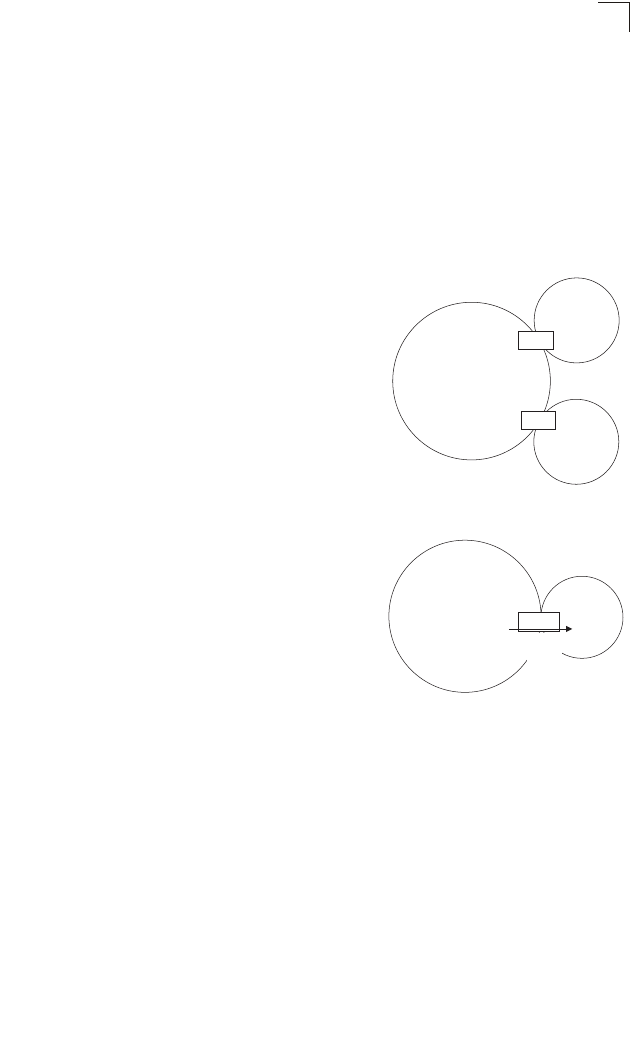
IP Routing
3-227
3
Configuring OSPF Areas
An autonomous system must be configured with a backbone area, designated by
area identifier 0.0.0.0. By default, all other areas are created as normal transit areas.
Routers in a normal area may import or export routing information about individual
nodes. To reduce the amount of routing traffic flooded onto the network, you can
configure an area to export a single summarized route that covers a broad range of
network addresses within the area (page 3-230). To further reduce the amount of
routes passed between areas, you can configure an area as a stub or a
not-so-stubby area (NSSA).
Normal Area – A large OSPF domain should be
broken up into several areas to increase network
stability and reduce the amount of routing traffic
required through the use of route summaries that
aggregate a range of addresses into a single
route. The backbone or any normal area can pass
traffic between other areas, and are therefore
known as transit areas. Each router in an area
has identical routing tables. These tables may
include area links, summarized links, or external
links that depict the topology of the autonomous
system.
Stub – A stub does not accept external routing
information. Instead, an area border router
adjacent to a stub can be configured to send a
default external route into the stub for all
destinations outside the local area or the
autonomous system. This route will also be
advertised as a single entry point for traffic
entering the stub. Using a stub can significantly
reduce the amount of topology data that has to
be exchanged over the network.
• By default, a stub can only pass traffic to other areas in the autonomous system
via the default external route. However, you also can configure an area border
router to
send Type 3 summary link advertisements into the stub.
NSSA – A not-so-stubby area (NSSA) is similar to a stub. It blocks most external
routing information, and can be configured to advertise a single default route for
traffic passing between the NSSA and other areas within the autonomous system
(AS). However, an NSSA can also import external routes from one or more small
routing domains that are not part of the AS, such as a RIP domain or locally
configured static routes. This external AS routing information is generated by the
NSSA’s ASBR and advertised only within the NSSA. By default, these routes are not
flooded onto the backbone or into any other area by area border routers. However,
the NSSA’s ABRs will convert NSSA external LSAs (Type 7) into external LSAs
(Type-5) which are propagated into other areas within the AS.
backbone
area
ABR
area
ABR
backbone
stub
ABR
default
external
route


















